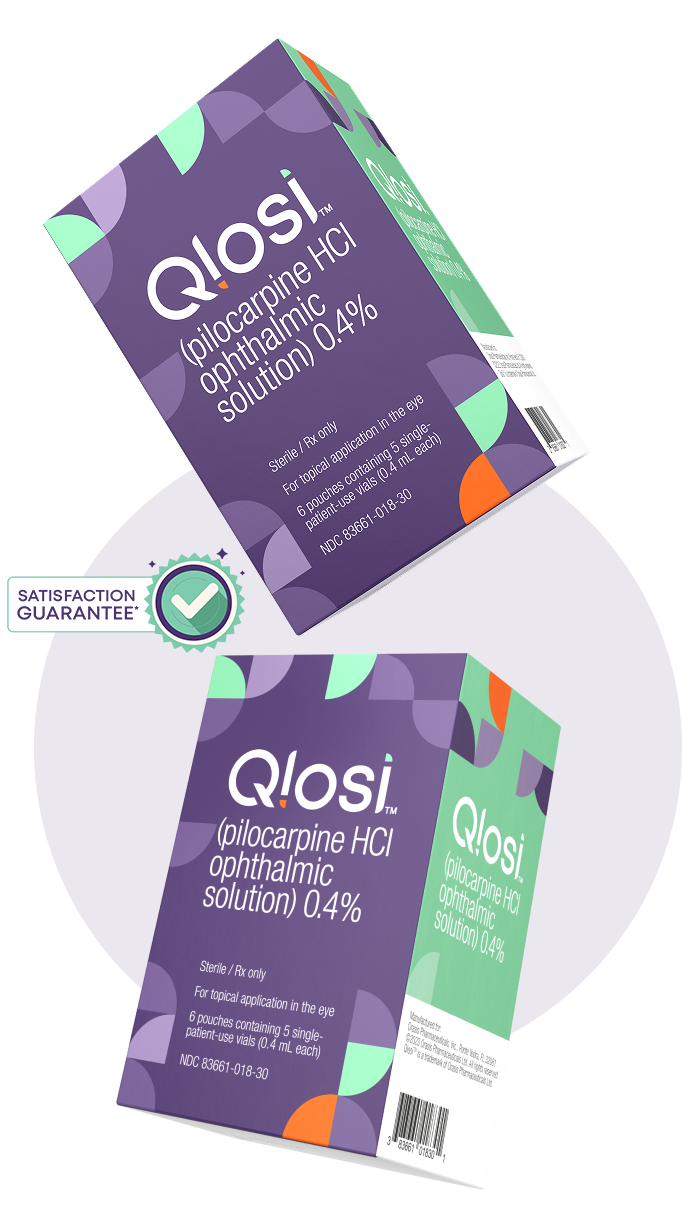Need a break from readers? There's a choice.
The eye drop for clear near vision
Qlosi is the first and only FDA-approved eye drop for blurry near vision with EyeQ Formulation™ that improves the eye’s natural ability to focus on nearby objects and small details.
.png?width=1152&height=1664&name=qlosi%20HERO%20drop%20(1).png)

*See program terms and conditions.
Qlosi is the first and only eye drop with EyeQ Formulation™
|
|
Clear near vision on your terms† |
|
|
Convenient flexible dosing† |
|
|
Comfortable and preservative-free |
†Place one drop of Qlosi in each eye. This can be repeated a second time after 2 to 3 hours for an effect that can last up to 8 hours. Qlosi can be administered on a daily basis, or as needed, up to twice each day.
Sign up to receive emails to learn more about Qlosi.



